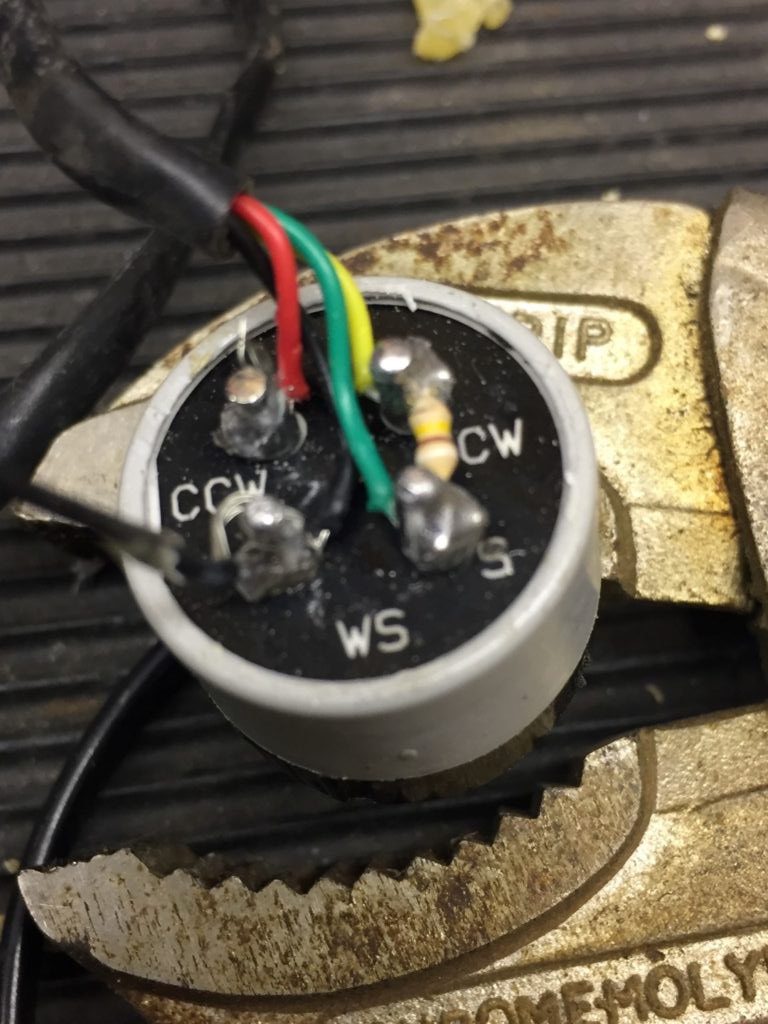M
Size: a a a
2020 October 07
M
А цто
D
потенциометр это пассивный девайс, ему относительно похуй
Z
но почемуто сука врет на 3в
Z
немного но врет
Z
только ставлю на 5в - все ок
Z
на 3в - есть погрешность..
D
надо снять характеристику и посмотреть где врёт
D
он у тебя поди логарифмический или обратно логарифмический
D
вот и "врёт"
Z
хз.. я тут другое накопал
Z
там написано
Z
The wind direction circuit uses a linear 20K Ohm potentiometer to sense the position of the vane. A voltage pulse is
sent from the SIM to the pot through the yellow wire. This voltage is applied to one end of the pot. The mechanical
slider in the pot picks a portion of that voltage depending on the angular position of the vane/slider. The voltage level
of this pulse is determined by the vane/pot slider position. The pot has 3 contacts, red=common (ccw),
yellow=excitation (cw), green=direction signal (s). One additional terminal on the potentiometer (ts) is used as a
termination point for the black wire. A 909K Ohm fixed resistor is mounted across the pot from the yellow to the green
wires. This resistor prevents the slider voltage from ‘floating’ while it is crossing the open end points of the pot. This
resistor causes the indicated direction to remain at north while the circuit is briefly open. If not for this resistor, the
direction indication may briefly go to a false direction.
sent from the SIM to the pot through the yellow wire. This voltage is applied to one end of the pot. The mechanical
slider in the pot picks a portion of that voltage depending on the angular position of the vane/slider. The voltage level
of this pulse is determined by the vane/pot slider position. The pot has 3 contacts, red=common (ccw),
yellow=excitation (cw), green=direction signal (s). One additional terminal on the potentiometer (ts) is used as a
termination point for the black wire. A 909K Ohm fixed resistor is mounted across the pot from the yellow to the green
wires. This resistor prevents the slider voltage from ‘floating’ while it is crossing the open end points of the pot. This
resistor causes the indicated direction to remain at north while the circuit is briefly open. If not for this resistor, the
direction indication may briefly go to a false direction.
Z
там на самом потенциометре должен быть резистор 909ком
Z
и вот у меня его нет
Z
под рукой есть только на 1МОМ
Z
поставил на 5в схему - стало даже лучше




